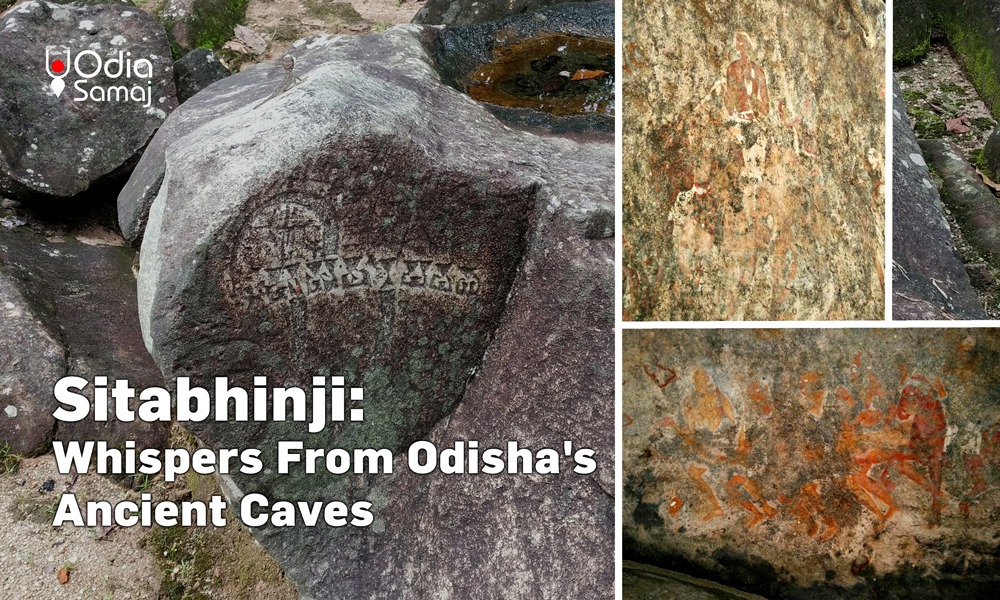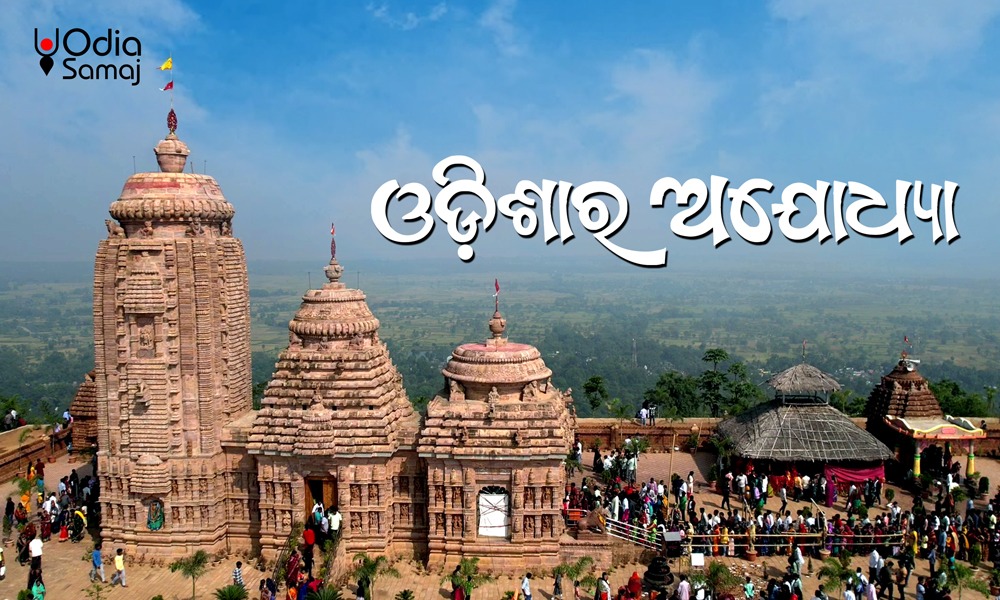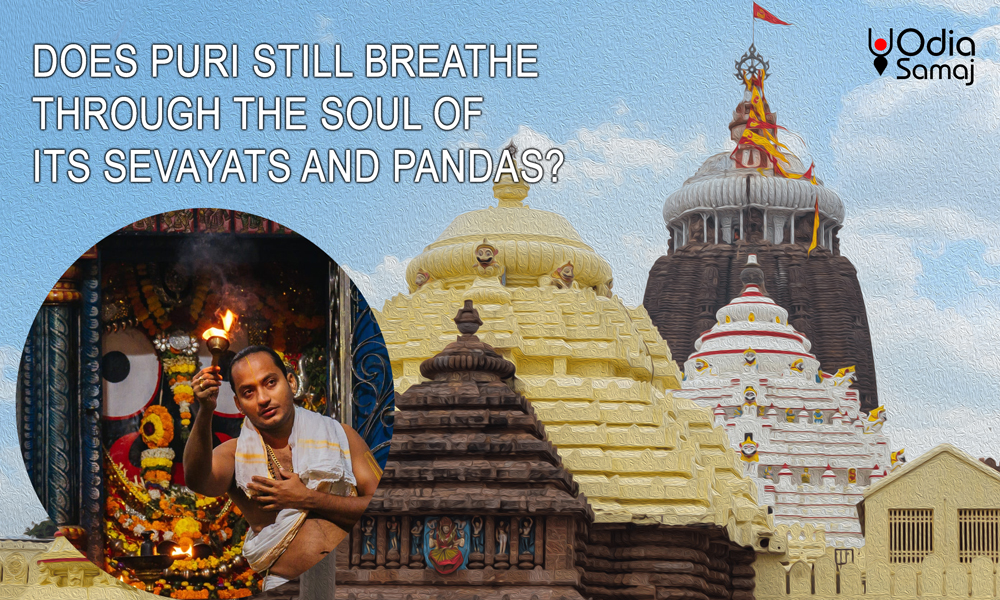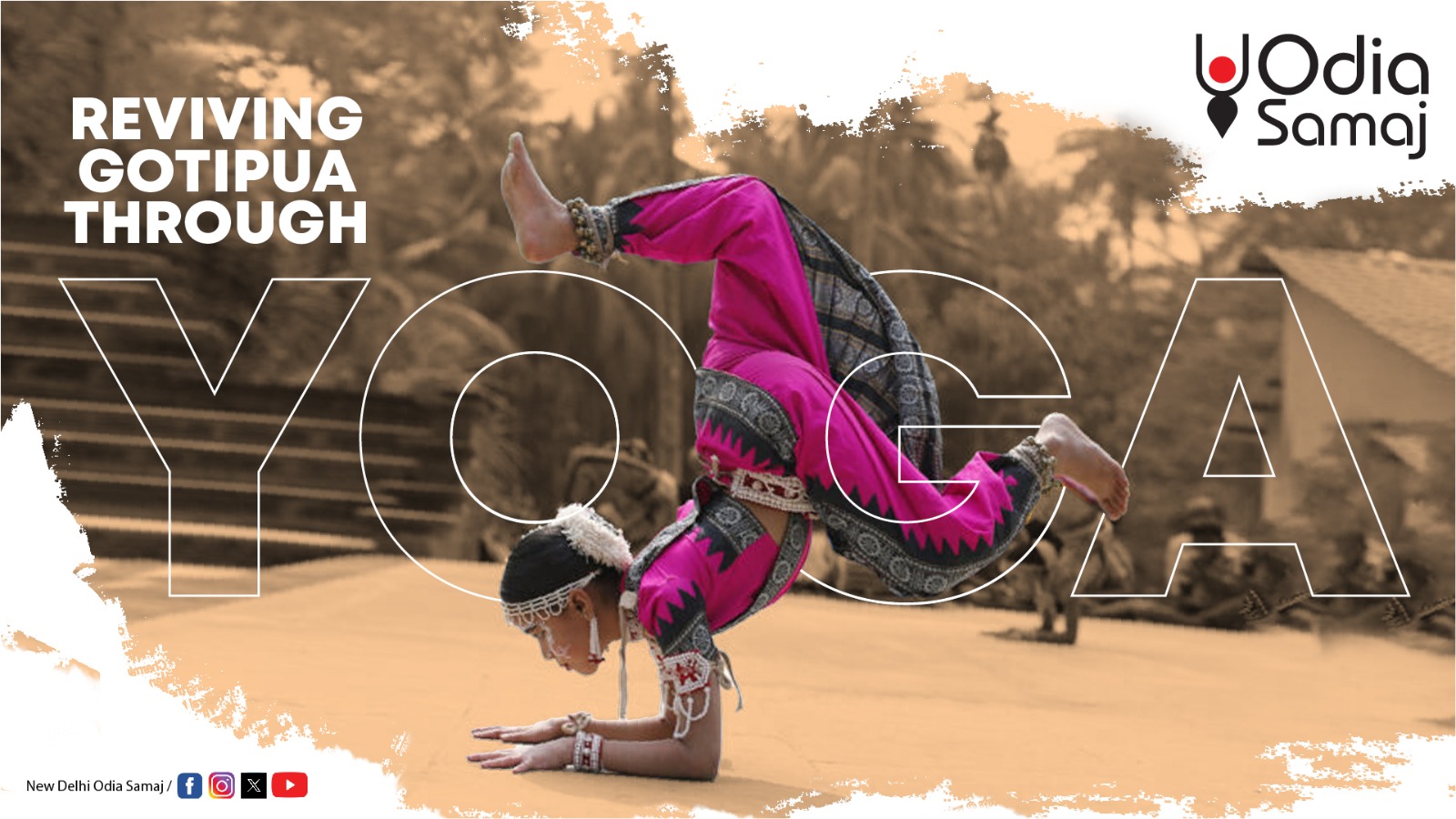Will the Sanctum Ever Echo Again?
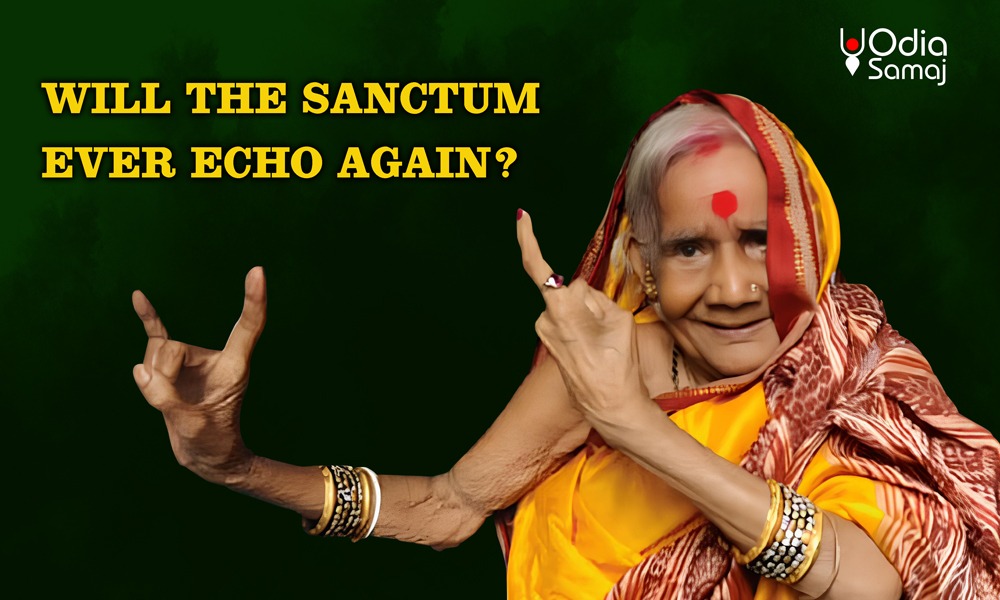
In Puri,
Odisha, the Jagannath Temple stands as a timeless testament to devotion, where
once a unique and profound tradition breathed life into daily rituals — the
Devadasi tradition. Known locally as Maharis, these women were far more than
mere performers. They were considered the living consorts of Lord Jagannath,
consecrated to a life of service, celibacy, and divine artistic expression.
The Devadasis:
Living Offerings of Devotion
The Maharis
held a sacred position within the temple hierarchy. Bound by spiritual vows,
they were believed to be wedded to the deity himself, dedicating their
existence to serving the Lord through dance and music. Their art was
inseparable from worship, performed at pivotal moments within the temple’s
ceremonial cycle.
Two
ceremonies, in particular, showcased their devotion: the Sakaladhupa, the
morning offering, where the Alasa dance unfolded as a gentle yet deeply
symbolic ritual, and the Badasinghara, the bedtime ceremony, where devotional
songs echoed through the sanctum.
These women
were categorised into two groups: the Bahar Gaunis, who performed the dances
during daytime rituals, and the Bhitar Gaunis, who sang at night, especially
verses from the Geeta Govinda, the celebrated poetic work of Jayadeva, integral
to Jagannath worship.
Far from
mere entertainers, the Maharis embodied a living bridge between mortal and
divine, their artistry entwined with spiritual purpose.
See the Maharis’ devotion come alive in this
authentic glimpse:
The Last Bearers of
a Sacred Flame: Sashimani Devi and Parasmani Devi
The twilight
of this tradition is marked poignantly by two figures — Sashimani Devi and
Parasmani Devi.
Sashimani
Devi was the final dancer in the Mahari lineage, inducted as a child and
remaining unmarried, her entire life dedicated to Lord Jagannath. Her
performance of the Alasa dance was slow, deliberate, a poignant expression of
surrender and devotion. She was the last living embodiment of a centuries-old
ritual until her passing in 2015.
Their lives
speak not only of artistic excellence but of immense personal sacrifice and
faith.
A Tradition Under
Threat: The Decline of the Devadasi System
The Devadasi
tradition was widespread in various parts of India, but Odisha’s system was
unique in its spiritual depth and integration with temple ritual. For
generations, Maharis were revered as vital custodians of temple music and
dance, not performers for public entertainment.
However, the
20th century brought sweeping societal changes. Increasing criticism of the
Devadasi system, often misunderstood and conflated with exploitation elsewhere,
led to its legal prohibition in Odisha during the 1990s. This official ban
effectively ended new inductions into the tradition.
Sashimani and
Parasmani Devi remained as the last living vestiges of a bygone era — their
passing marked the near-complete disappearance of a once-vital spiritual
heritage.
This raises
an urgent question: should the legacy of the Maharis be allowed to fade quietly
into history, or can it be honoured and preserved in new ways?
The Sacred Song
Endures
Although the Devadasis themselves have vanished, the temple still resounds with the sacred verses of Geeta Govinda, traditionally sung during the Badasinghara ritual. Today, male servitors perform these chants, offering a distant but
meaningful
echo of the feminine voices that once led this spiritual music.
Why Remembering This
Legacy Matters
Odisha’s
cultural heritage is receiving growing global recognition, but understanding
traditions like the Devadasi system is vital to appreciating the full richness
of its spiritual and artistic history.
The Maharis
were not victims or mere dancers. They were disciplined artists and custodians
of a sacred ritual lineage. Their celibacy, dedication, and rigorous training
reflect a unique matrilineal spiritual heritage that challenges common
misconceptions.
Through
their music and dance, they gave form to the ineffable — the emotion of the
divine made manifest in human movement and song.
Beyond the Temple:
The Mahari Legacy Today
While the
original temple tradition has ended, the essence of the Mahari’s art survives
in Odissi dance, performed on stages worldwide. Contemporary dancers and
musicians seek to honour their sacred origins, though the temple’s ritual
context can never be fully recreated.
Preserving this heritage involves delicate negotiation — between reverence for
ritual and adaptation for modern audiences.
The Maharis’
story invites us to contemplate how ancient spiritual arts can find renewed
life, balancing respect for tradition with the realities of today.
A Call to Listen
If the
echoes in the sanctum seem faint, it falls to us to listen attentively and
ensure that this precious legacy is not lost.
The Maharis’
dance and song were once the living heart of devotion in Jagannath Temple.
Remembering their contribution is an act of respect and cultural preservation —
a vital step towards keeping Odisha’s spiritual heritage alive for future
generations.
Will the sanctum ever echo again? The
answer lies in how deeply we choose to remember and renew this sacred
tradition.
